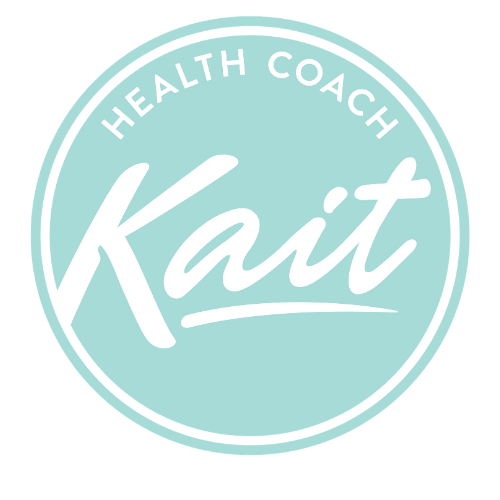I Tested 100 Foods on My Blood Sugar: Shocking Results You Need to Know
Since 2018, I’ve been using continuous glucose monitors (CGMs) to track how my body responds to different foods. After testing 100 foods, I’ve uncovered surprising patterns about what causes blood sugar spikes and how to minimise them. In this blog, I’ll share my key takeaways, the most shocking foods, and practical tips to stabilise your blood sugar for better health.
Why Blood Sugar Spikes Matter
Blood sugar spikes aren’t just a concern for diabetics—they can affect everyone. Here’s why keeping them in check is essential:
Prevent Insulin Resistance: Repeated spikes over time can lead to insulin resistance, a precursor to type 2 diabetes.
Reduce Energy Crashes: High spikes often lead to rapid crashes, leaving you tired and craving more sugar.
Control Inflammation: Spikes contribute to inflammation, which is linked to chronic conditions like heart disease.
Stabilising blood sugar improves energy, reduces cravings, and supports long-term metabolic health.
What Are CGMs and How Do They Work?
Continuous glucose monitors (CGMs) are devices that track your blood sugar in real time. A small sensor placed under your skin continuously sends data to your phone, helping you identify trends and patterns in your glucose levels.
Unlike traditional blood glucose monitors (BGMs), which require finger pricks for a single reading, CGMs provide a comprehensive picture of how your blood sugar changes throughout the day.
Shocking Foods That Caused the Biggest Spikes
Here are some foods that caused surprising spikes in my blood sugar:
High-Sugar Foods: Juices, candies, and desserts caused extreme spikes.
Refined Carbs: White bread, pasta, and breakfast cereals were among the worst offenders.
“Healthy” Foods: Smoothies, granola, and energy bars marketed as “healthy” were often misleading due to hidden sugars.
Even foods perceived as healthy can cause unexpected spikes due to portion sizes or added sugars.
Practical Strategies to Minimize Spikes
Pairing Carbs with Protein and Fat
Adding healthy fats or proteins to carbs slows down glucose absorption. Examples:
Add avocado to toast.
Use Apple Cider Vinegar (ACV)
Drinking ACV before meals has been shown to reduce blood sugar spikes.
Incorporate Exercise
A short walk after meals helps flatten spikes. Exercising before meals improves insulin sensitivity.
Eating carbs before intense exercise can improve performance. However, this is best for those with good metabolic health. For most people, especially those with insulin resistance, minimizing high spikes is key.
Other Factors That Influence Blood Sugar
Poor Sleep: A bad night’s sleep reduces insulin sensitivity.
Stress: Elevated cortisol levels can increase blood sugar.
Sedentary Behaviour: Staying active helps maintain stable glucose levels.
Addressing these factors is just as important as watching your diet.
Benefits of Balanced Blood Sugar
Stabilizing blood sugar can lead to:
Consistent energy levels.
Reduced cravings and better appetite control.
Improved mood and mental clarity.
Enhanced weight loss due to lower insulin levels.
Even if you’re not diabetic, balanced blood sugar supports overall health and longevity.
Conclusion
Testing 100 foods on my blood sugar taught me that not all foods are created equal. High-sugar and refined-carb foods cause the biggest spikes, but pairing strategies, ACV, and exercise can help mitigate the effects.
If you’re curious about your own blood sugar, CGMs are an excellent tool for uncovering how your body responds to different foods.
